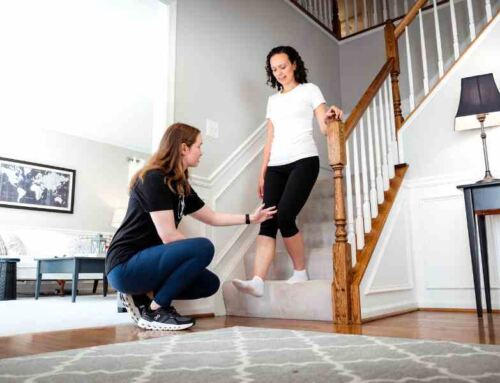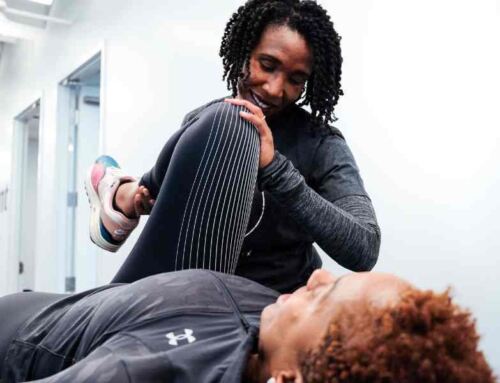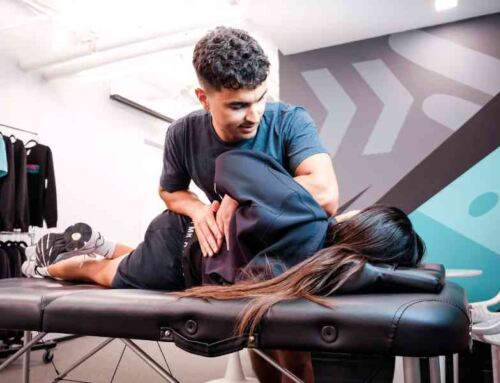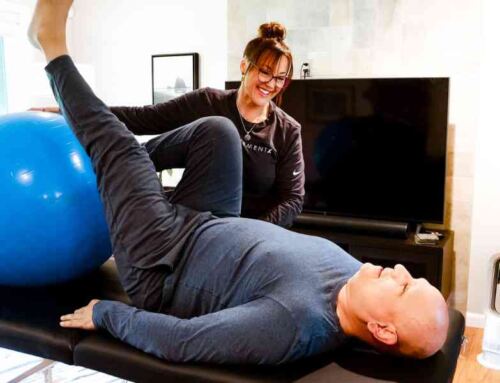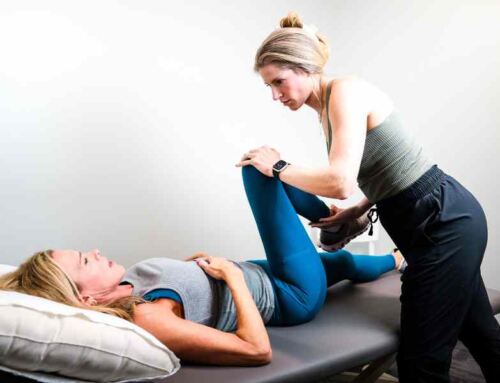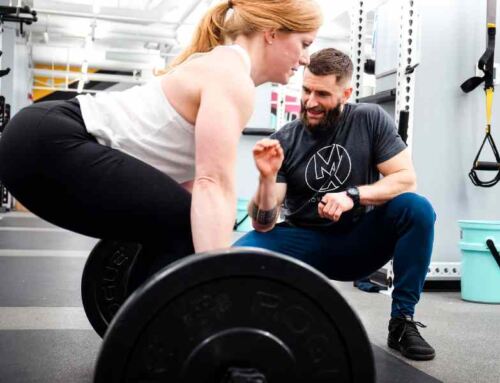5 Things to Consider When Beginning Outpatient Physical Therapy as a Limb Loss Survivor
New to limb loss rehabilitation and want to get moving after inpatient rehabilitation or surgery but not sure how? Here are 5 things to think about before you begin outpatient physical therapy, with considerations from science as well as my current and past patients!
Many patients of mine haven’t always been lucky with their limb loss journey. Oftentimes, they get fed too much information to keep track of after their amputation and hospital stay, with little to no follow up from their healthcare providers. Unfortunately, this has led to some beliefs that they will never walk again or enjoy the activities that they used to do.
While I am not saying that things will be exactly the same as they were prior to your amputation, consider that: comprehensive rehabilitation care, diligently participating in physical therapy exercises, and finding your adaptive fitness community can help you reach your goals, and sometimes beyond what you thought was possible!
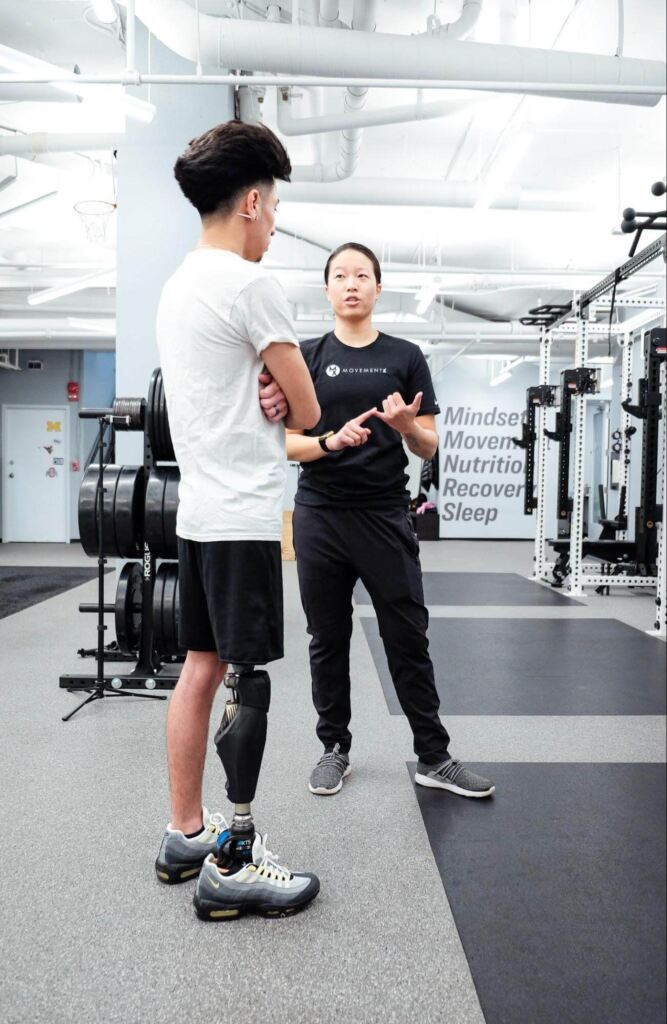
1. Personal and Physical Readiness
Beginning outpatient physical therapy starts with a solid combination of personal and physical readiness. Let’s take a closer look at each.
Personal readiness
Limb loss rehabilitation is a journey. It bodes well to understand that rehabilitation is a process and not a one-size-fits-all experience. One thing that has helped my patients to better understand what lies in front of them is to sign up for local or national support groups to find mentors! Peer visitors or mentors who have been through the limb loss journey help support you through the emotional experience of limb loss, as well as help you navigate the medical system with any recommendations regarding your care.
At the local level, oftentimes hospitals and prosthetic facilities have their own amputee support groups.
The Amputee Coalition has great Certified Peer Visitors (CPV), who are volunteers that provide support for people about to undergo an amputation or who currently have limb loss. You can find out more here.
Physical readiness
Don’t count out physical readiness and considerations for physical activity! Energy expenditure, or the metabolic costs of ambulation for lower limb amputees have been shown to be higher than those of age-matched non-amputee controls (Russell et al 2018).
This means that walking with or without a prosthetic leg is going to take more energy than walking with intact limbs.
Until you build the strength and endurance, you’ll likely be noticeably more tired with walking and performing activities of daily living
Energy expenditure has also been demonstrated to be greater in above knee amputees when compared to below knee amputees (Göktepe 2010). With the above information taken into account:
The level of amputation certainly matters when it comes to gauging your expectations and standards of your current activity levels.
Also, consider other health conditions you have, that might contribute to your ability to walk and perform functional activities.
2. The physical therapist’s familiarity with limb loss patients
If available, try to find a physical therapist who has experience with limb loss patients. This is to say that expertise matters!
First, I am going to credit all of my physical therapist colleagues in that we will always try our best with our patients, regardless of our familiarity with their condition.
However, a physical therapist who specializes in limb loss has likely had the training and experience with different prosthetic equipment, amputation procedures, rehabilitation priorities and considerations for limb loss survivors, etc.
This is a huge confidence builder for patients because we already know how to navigate the prosthetic acquisition process, insurances, doctor and prosthetist visits, etc.
Easy ways to find physical therapists for limb loss
- Ask your prosthetist or Physiatrist (Physician who specializes in Physical Medicine and Rehabilitation). These medical professionals are used to referring patients to physical therapists, and are often in contact with several of them.
- Do an internet search for amputee rehabilitation near you
- Call physical therapy clinics near you and ask about the physical therapists’ familiarity with treating patients with limb loss.
- Don’t be afraid to engage with other limb loss survivors regarding referrals to a physical therapist that they trust!
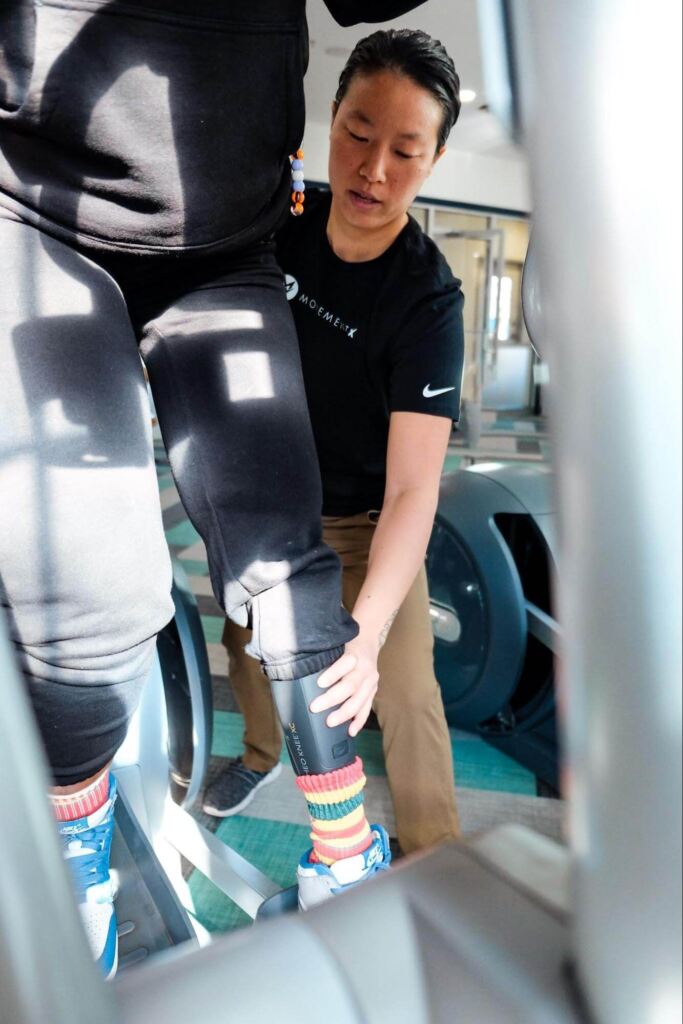
3. Distance and access to outpatient care
Going to multiple facilities regarding healthcare as an amputee can be difficult due to mobility and time concerns. A couple of ways to problem solve around that are:
- Finding a physical therapist who specializes/is familiar with limb loss rehabilitation and does home visits
- Ask your prosthetist for the closest physical therapy options
- Some prosthetists’ facilities are lucky enough to have an in-house physical therapist!
An in-house physical therapist solves 3 problems at once:
- All of your primary rehabilitation concerns are all under 1 roof! This means your prosthetist can make a quick adjustment before, during, and after your physical therapy session, as well as track your progress in live time.
- The physical therapist sees limb loss patients on a regular basis, so there is no need to worry about expertise.
- The communication between the physical therapist and the prosthetist is efficient.
Communication is extremely important on a regular basis to monitor progress and adjustments, even more so when joint medical documentation from both professions is required for the justification of new prosthetic equipment.
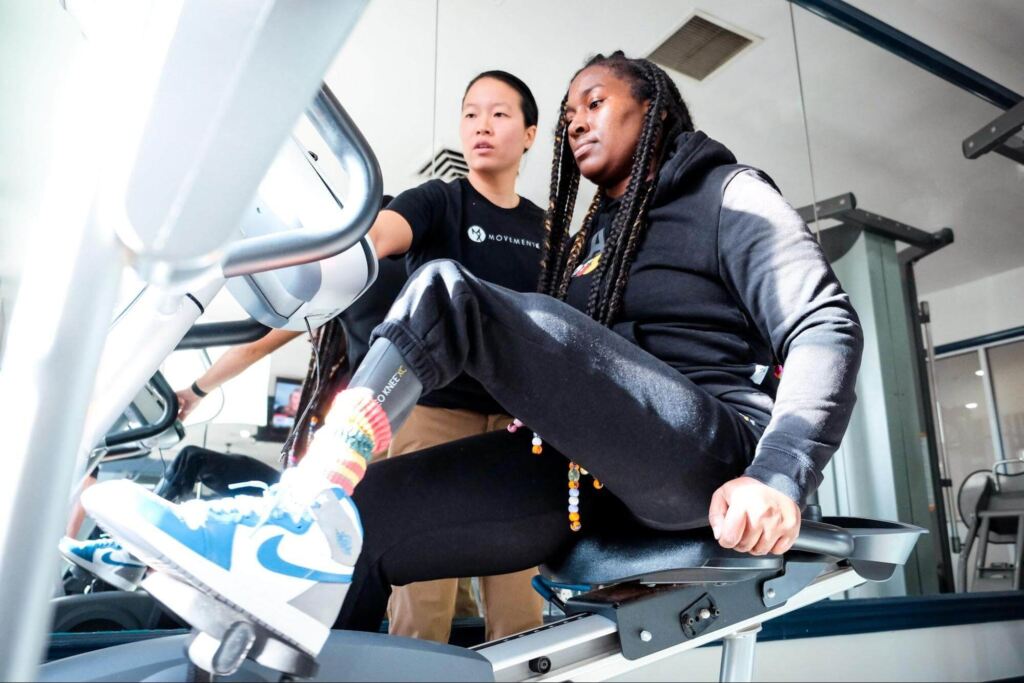
4. Establishing clear rehabilitation goals
What do you want to get out of rehabilitation? Where do you see yourself in a week? Month? 6 months? A year? Beyond?
Establishing clear goals helps to lay out a relative timeline for your rehabilitation. From there, your physical therapist will help by offering prognoses for certain therapy and functional benchmarks.
It’s also a nice way to look forward to your future as a limb loss survivor, which brings me to #5:
5. Stay active and find your community!
Whether you join an adaptive sport community, or find a fitness routine on your own, setting some time aside to have fun and enjoy activities and events that get you moving is key for implementing the skills learned in physical therapy!
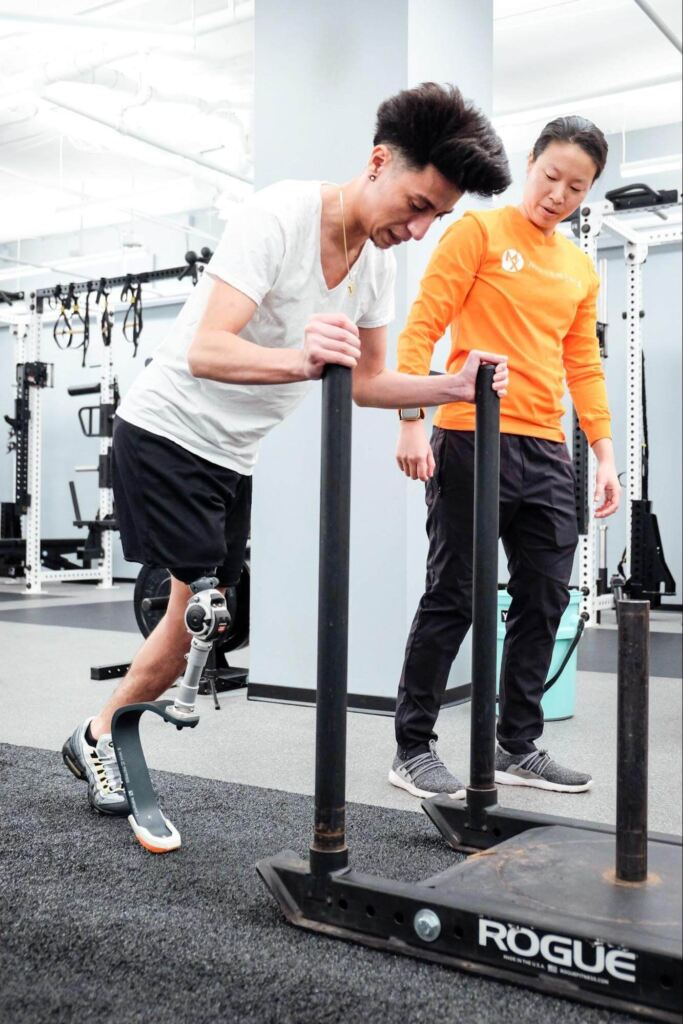
Conclusion
Personal and physical readiness, the expertise of your physical therapist regarding limb loss rehabilitation and prosthetic training, access to limb loss-specific care, establishing your goals, and finding your community, are thought-provoking considerations in order to optimize your experience as a limb loss survivor.
As your surgical or rehabilitation team or family might have said… It’s a marathon, not a sprint! (Unless you decide to become a sprinter. Then in that case, I definitely have some tips to get you started!)
Learn more about me as a limb loss physical therapist here!
If you are interested in beginning or continuing your journey as a limb loss survivor with me, sign-up here to get started.
I appreciate your time and I hope to cross paths with you!
References
- Russell Esposito E, Rábago CA, Wilken J. The influence of traumatic transfemoral amputation on metabolic cost across walking speeds. Prosthetics and Orthotics International. 2018;42(2):214-222. doi:10.1177/0309364617708649
- Göktepe AS, Cakir B, Yilmaz B, Yazicioglu K. Energy Expenditure of Walking with Prostheses: Comparison of Three Amputation Levels. Prosthetics and Orthotics International. 2010;34(1):31-36. doi:10.3109/03093640903433928
About the Author
Dr. Audrey Chien is a physical therapist with MovementX in Columbia, Maryland. In addition to her doctorate, she holds a Master of Science in Biokinesiology. Audrey Chien is exceptionally skilled in limb loss and amputee rehabilitation, prosthetic training and education, and coordination of prosthetic care to help her patients begin or continue their rehabilitation and performance journey!



